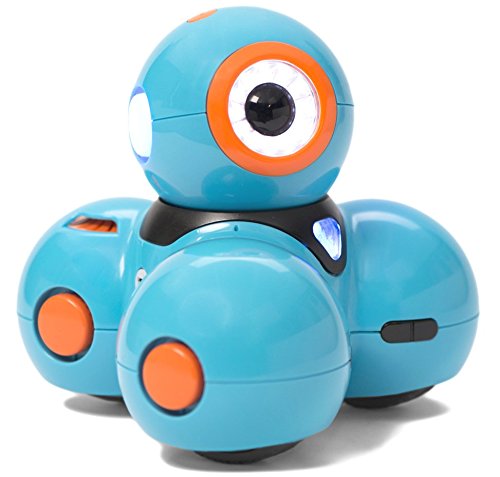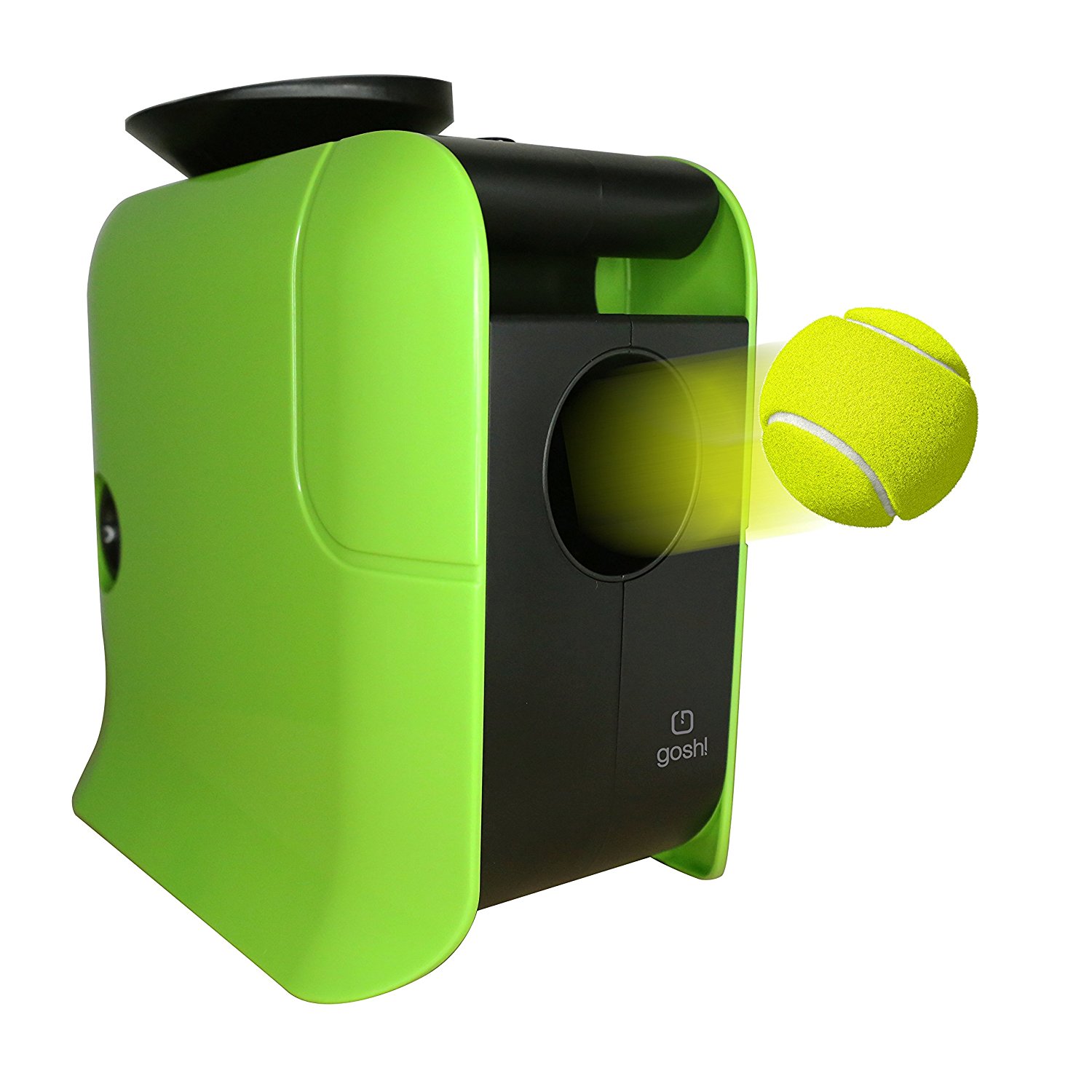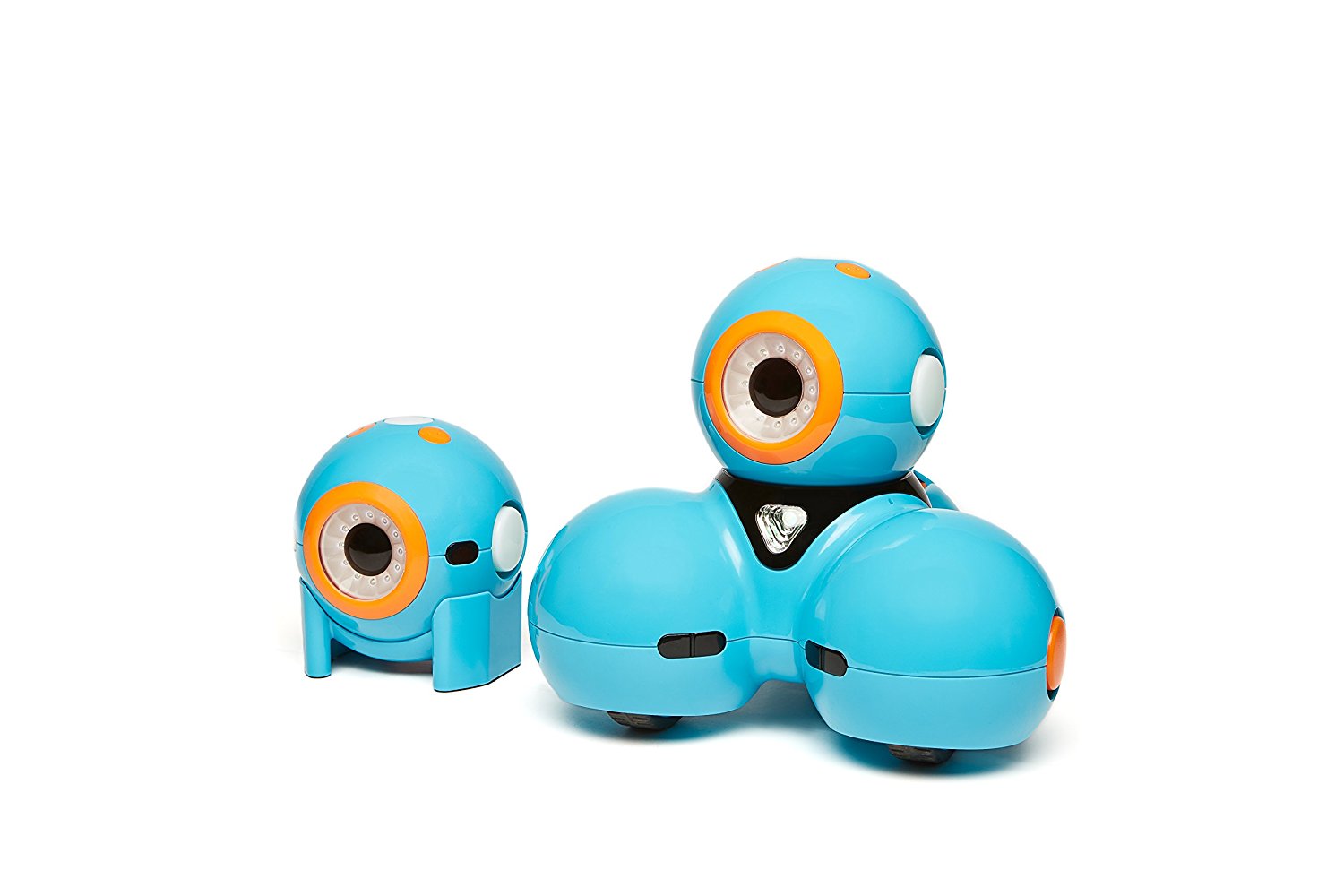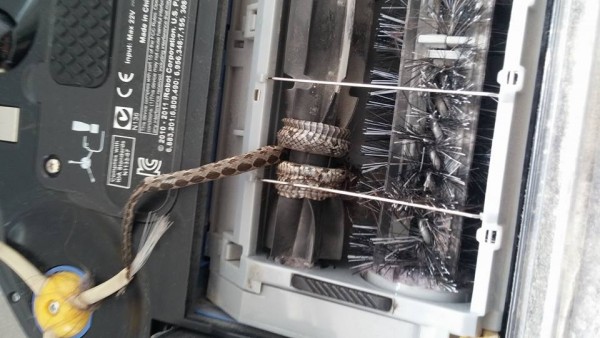As if the fact that robots are getting better at sports wasn’t enough, they’re preparing to take over our jobs in hospitals, too. Maybe not as doctors any time soon, but as blood-sample personnel, for starters.
The only problem with Veebot, as this blood drawing robot is called, is its accuracy. The California-based startup that developed it claims that there is a lot of room for improvement, but even at this point, the robot phlebotomist can represent competition for its human counterparts. Veebot finds the veins (or misses them, if you prefer to see the half-empty side of the glass) just about as often as humans.
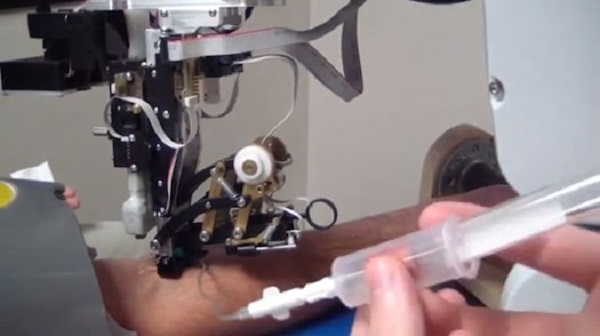
The problem with human phlebotomists, on the other side, is that they get tired, and when this happens, their productivity drops. This is certainly not the case with Veebot, who could at least in theory draw blood 24 hours a day, no matter how disturbing that sounds. In heavily populated areas, such a robot would be an incredibly valuable asset, provided that the population is also taught that it is good to donate blood from time to time (donating blood too often is also not recommended, as the blood producing cells get overstimulated).
While the technique of human phlebotomists relies on visual acuity and steady hands, Veebot employs infrared light, ultrasound and machine learning to accurately find the vein. As a consequence, this robot is able to draw blood faster and more safely than humans can, and it can only get better.
The creators of Veebot want this robot phlebotomist to be more accurate than trained humans. At this point, the robot is able to identify the best vein to target in 83% of the cases. Once this percentage gets over 90%, the developers will look for funds in order to get the clinical trials started. Provided that all goes well, we should expect to see blood collecting robots in hospitals in the not-so-distant future. As Richard Harris, the developer of Veebot stated for IEEE Spectrum, “If people don’t want a robot drawing their blood, then nobody is going to use it. We believe if this machine works better, faster, and cheaper than a person, people will want to use it.”
Below is a video of the Veebot robot phlebotomist drawing blood from real humans (you know, the flesh and blood variety):
If you liked this post, please check the wireless, under-the-skin blood tester and the Dexter blood slide candies.


